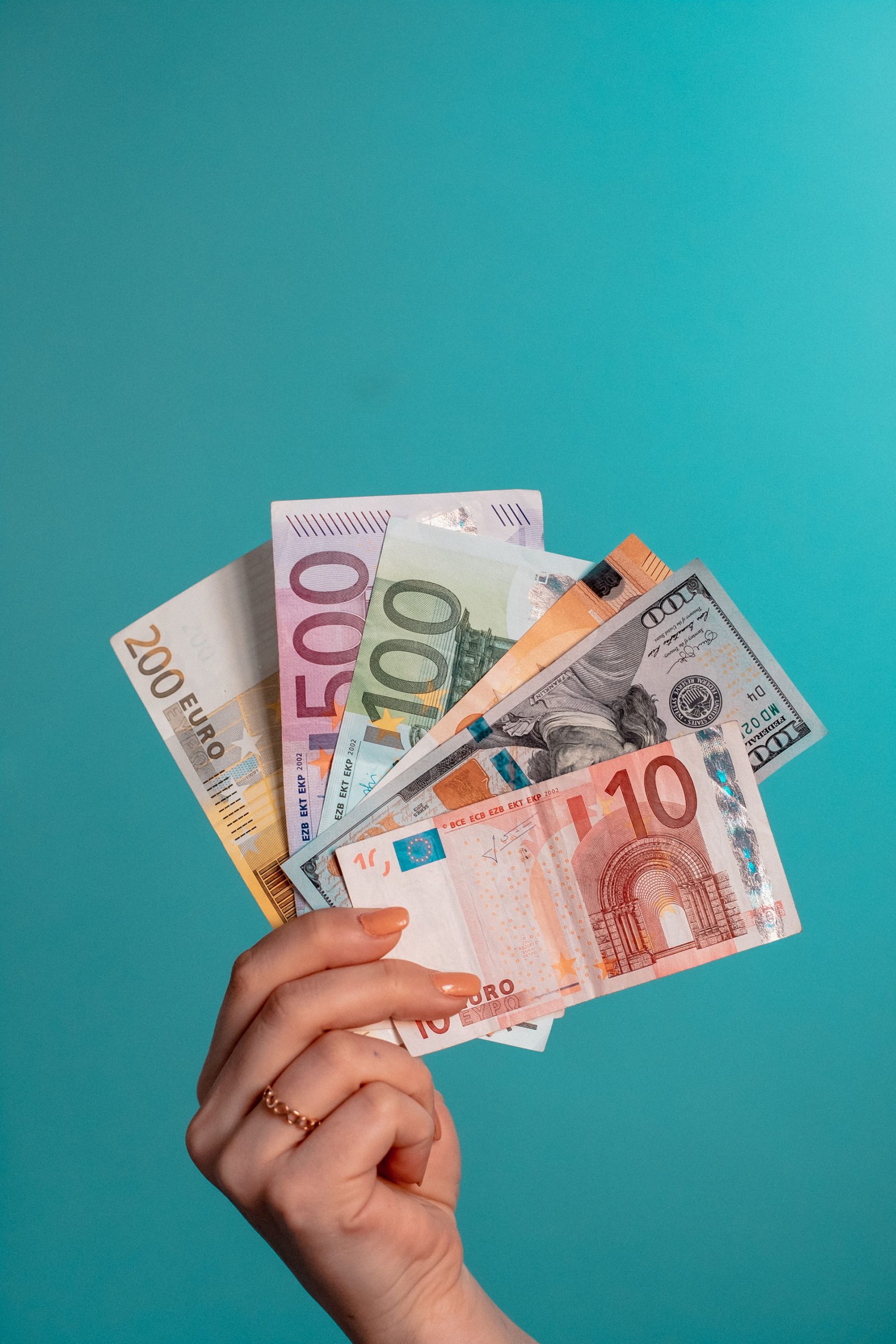The main inflation theories are developed by John Maynard Keynes, Milton Friedman and Paul Samuelson up to the 1970s. They focus on steering the inflation via the money supply on the demand side and the correlation between Unemployment and inflation (Phillps Curve). Keynes emphasized on Supply Shortage as inflation driver, too. Ben Bernanke was the first Chairman of the Fed defining a target inflation rate.
Based on those theories macroeconomic theory focusses on 2 main leverages 1. Steering inflation by impacting the demand via interest rates. 2. Inflation expectations as base of action affecting the future inflation itself. Inflation expectations are central to economics because they affect the effectiveness of fiscal and monetary policy as well as realized inflation. A basic assumption is consumers trust in central banks ability to steer inflation. Acting of central banks is assumed to impact households’ inflation expectations directly and causally. Most current research provides additional indications, with Ulrike Malmendier, Markus Brunnermeier and Michael Weber, by coincidence all German, main researchers I’ve chosen here.



